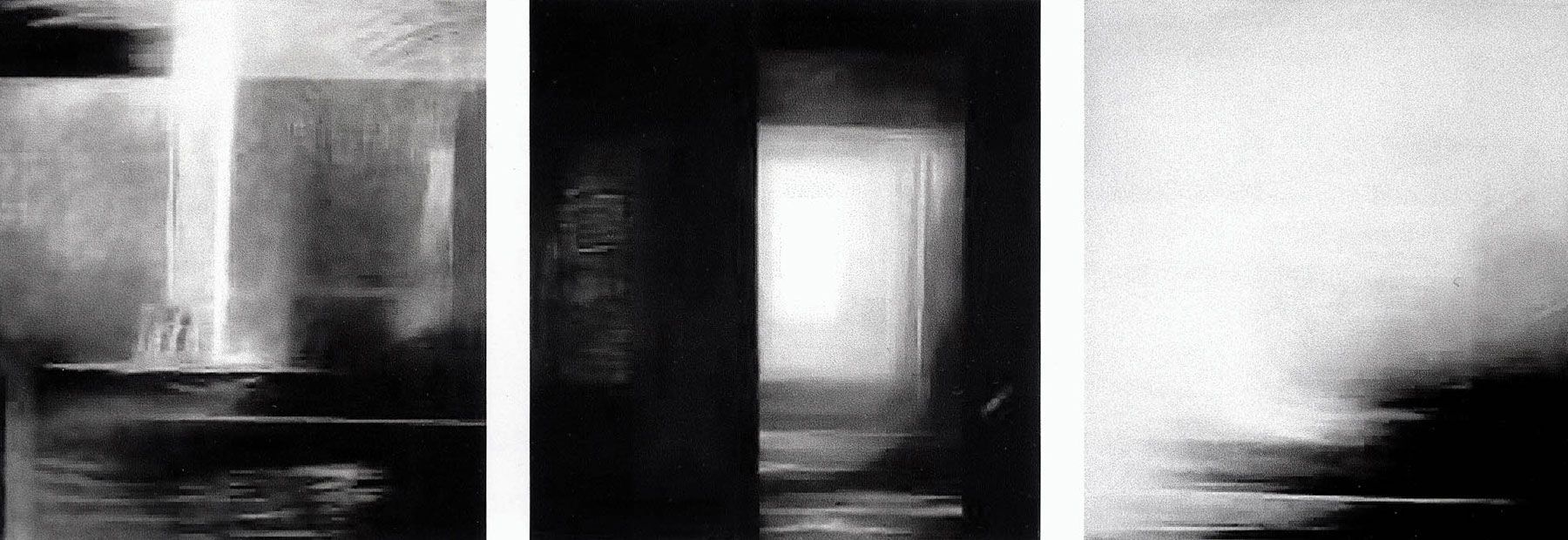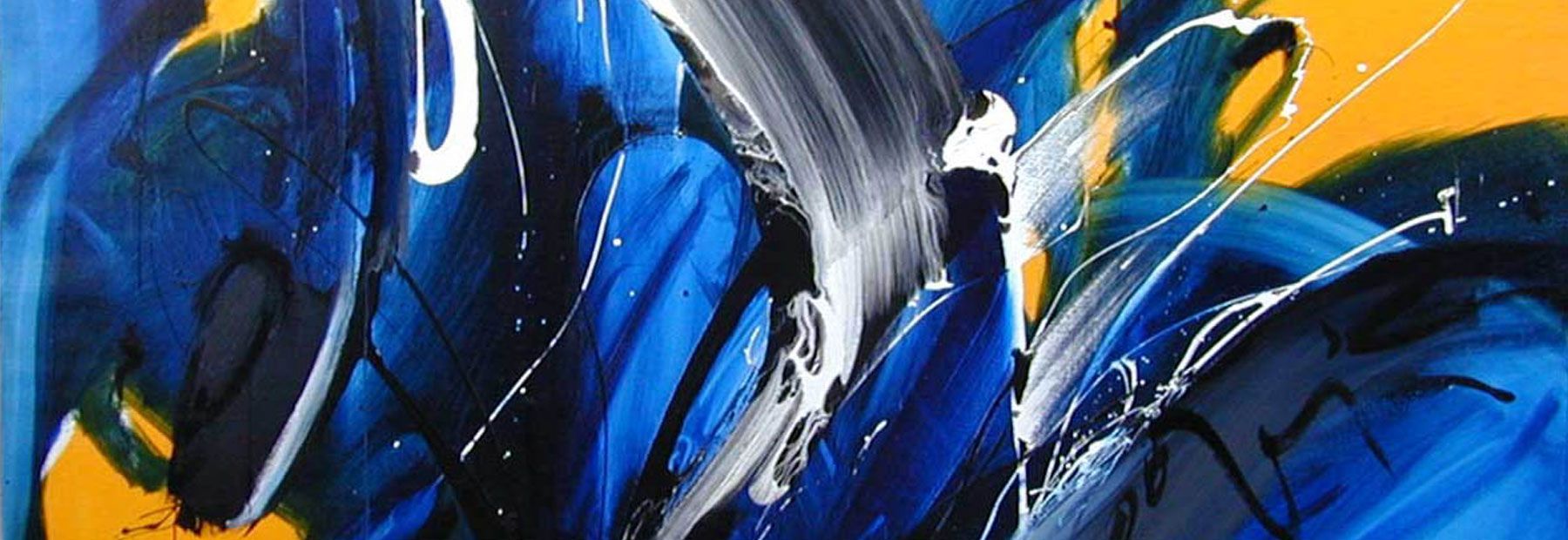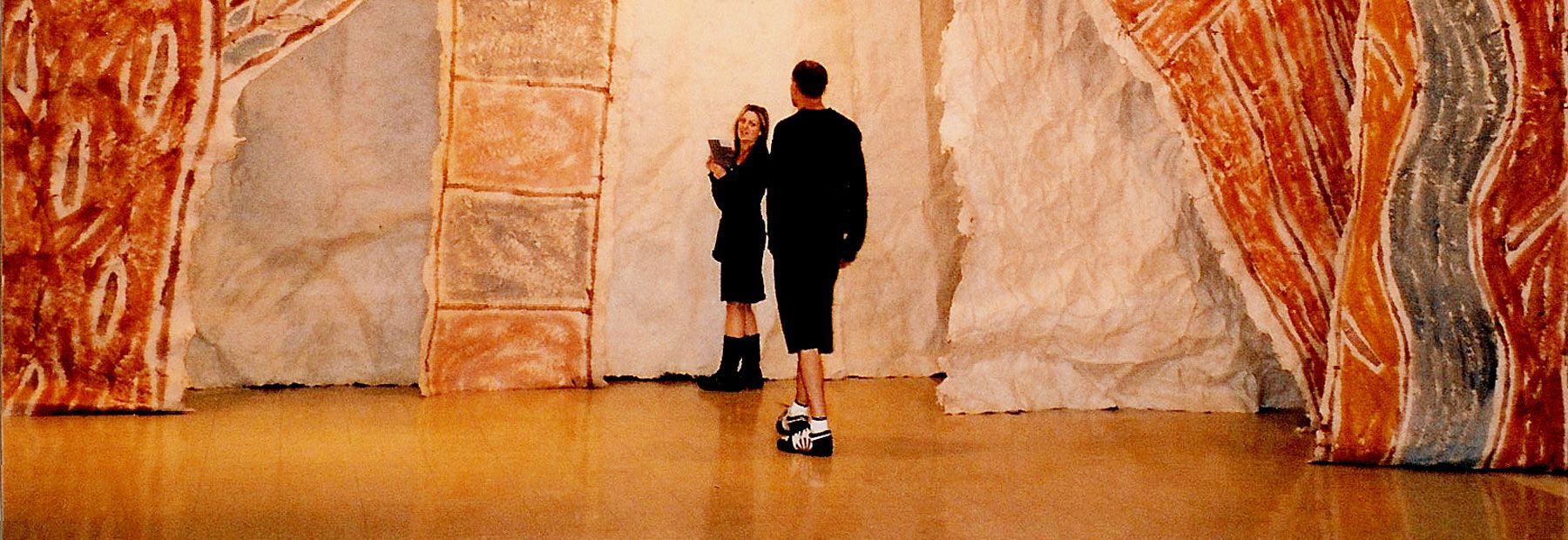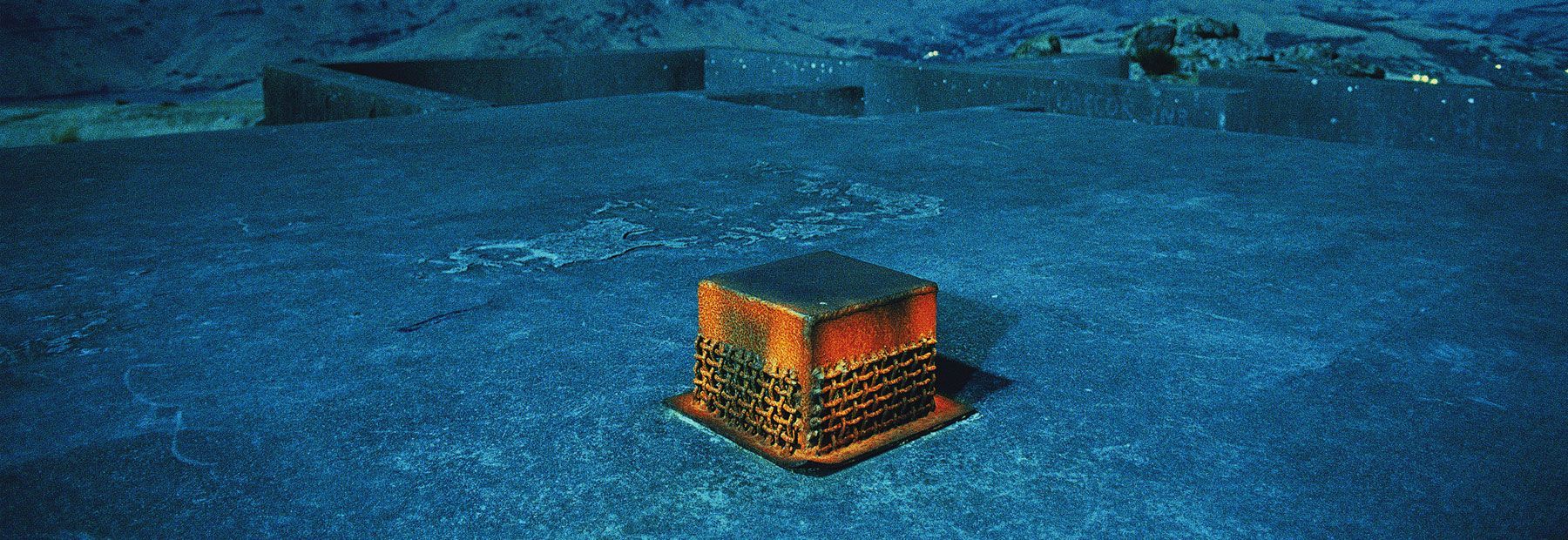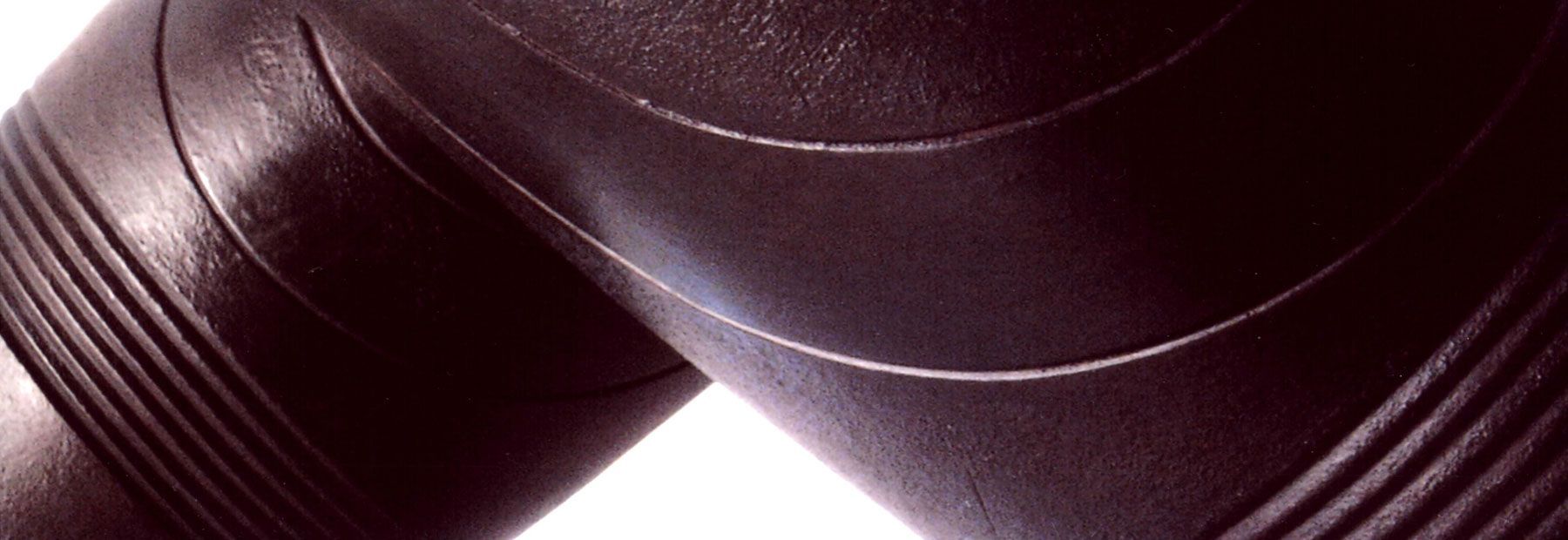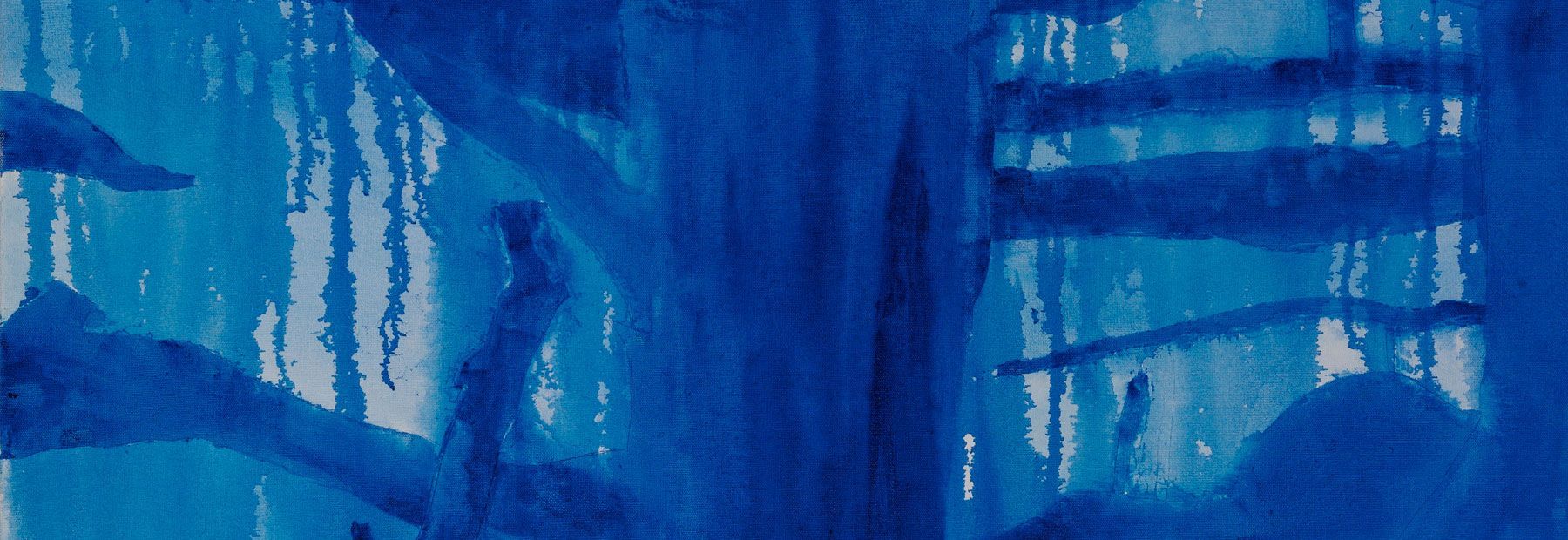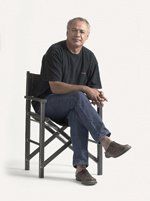Heartwood
In conversation with Moana Tipa (Ngai Tahu, Kati Mamoe, Ngati Kahungunu, Celt)
Canterbury Prison inmates are finding understanding and personal expression through art projects facilitated by Moana Tipa. She is a woman who has seen major changes in her own life as a result of coming to know Christ. This helps her to understand the heart of others and compels her work in the arts.
Moana says that the art projects at the Department of Corrections have been low-key attempts to "get around" the heart of men and women; to locate, talk about, and make art about the things of importance to them. Most of the art projects have worked as a tool for personal investigation. Through them, men and women have been able to understand more about their own lives.
One recent outcome in May 2007 was Ruia! a fundraising exhibition by prisoner art makers who responded to the proverb Ruia taitea, kia tu ko taikaka anake (Strip away the sapwood so that only the heartwood remains).
Things passed down (i tuku iho)
‘My father is Ngai Tahu, Ngati Kahungunu, my mother is Celtic. I sit squarely in between the cultures. I was born with a major deposit of Maori in my spirit. From an early age, things Maori demanded my attention—things of whakapapa (genealogy), things passed down.’
Moana is the firstborn of five children. Her family lived amongst whanau at Tamatea Marae, Otakou, on the Otago Peninsula. Her mother's love of Maori language, music, drama and the arts influenced her. Also influential were the Dominican nuns of St. Mary’s school, Kaikorai, which she attended from age five. ‘We were a music-making family—our father taught my sister and I simple melodies and harmony. He taught us how to listen to sound.’
Stepping stones
In her early life, she lived and worked in Australia for large corporate companies ‘pretty much without vision or goals’ until her first child—a daughter—was born in 1974. ‘It was wake-up time. I returned to New Zealand, and I experienced a spiritual awakening in the months that followed that drew me into eastern mysticism and meditation for the next twenty years.
‘Through that movement I met and made music with musicians—Billy TK, Piahana Tahapehi, Ara Mete. They were playing their own fusion of rock, jazz and meditative melody. I learned heaps through them and the audiences we played to, both within meditation circles and the commercial music market. It was through these men and their music that te ao Maori (the Maori world) opened up.’
Songwriting extended into proposal writing and fundraising for the bands Moana was working with. Her first paid work as a writer was preparing Maori health submissions to the Auckland Area Health Board. Writing and producing on-air material for Aotearoa Maori Radio followed.
‘Writing for Maori radio created an awareness of the Maori voice and vision across Aotearoa. I became part of that, and it was a pivotal time for me. Kuia and Koroua (Maori elders) would ask me, "Who are you, dear?" and, "Where are you going with your life?"’
A desire to write for print media prompted post-graduate study of current affairs journalism at Auckland Institute of Technology, which led to Maori arts writing in 1995. But Moana says more significant change was on the horizon.
Drawn back
In 1996, a Ngai Tahu elder suggested she should return to live in the South Island. The move was timely—Moana acknowledges that some parts of her life had ‘come to an end’—but it was also a challenging time.
‘When I left Auckland city and brought my son south, I felt a massive tearing in my spirit from the meditation and the life I'd had there. It was a shocking time really.’
Shortly after settling in Christchurch, a neighbour insisted she hear a visiting evangelist. Looking back, Moana realises that this meeting would shape her future in Christ some years away.
She started working for Ngai Tahu Development Corporation and the tribe’s arts community, curating and designing arts events and content for festivals. ‘It was a highlight of my working life in Maori world. I had a lot of freedom to develop a national arts audience for a collective Ngai Tahu arts voice. In that time my own Ngai Tahutanga (ways of Ngai Tahu) re-awakened within me, but something else did also.
‘I was drawn back again to find out who Jesus Christ was. Those five years [with Ngai Tahu] had been a time of massive grace and choice, but now I was challenged to get hold of what He was about—to give it everything I had. So life changed quite radically around that time.’
She felt challenged to leave the safety of Maori world and the the Ngai Tahu work lifestyle, and established a company as a writer/art consultant.
A programme for restoration
Some time after getting started in business, Moana developed an arts programme for the Department of Corrections to trial an idea amongst inmates, using the arts to help locate ‘... a goal, a dream, something hoped for..’ The artwork they produced was taken out to small communities and exhibited. Comments were gathered and returned to the art-makers in the prison.
‘I was interested in the heart of these men and women, and in testing their beliefs that they could have what they hoped for in their lives. I found huge skill and massive, often untapped, potential. More than that, I saw hope in a greater measure than I'd seen anywhere, against circumstances that mainstream society could barely get a grip on.’
Synthesis
CS Arts owes a significant body of interviews to Moana. She has written about the lives and practices of Maori arts practitioners, many of whom have some relationship with Christ, either personally, through their workplace environment or through their inherited histories.
‘Talking and thinking with Baye Riddell of Ngati Porou, Dr. Deidre Brown, Megan Tamati-Quennell and others galvanised my experience of Maori spirituality "walked out"—understood and set free through Christ and Christian spirituality.'
Her current work is deepening this understanding and transforming her values. She has learnt humility, and the confidence to lean on Christ entirely. ‘They draw the truth out of me! But they know I won’t back down, I’ll give them the bottom line. The bottom line in my life is who sits at the helm of it.’
Moana was interviewed by Janet Joyce.


